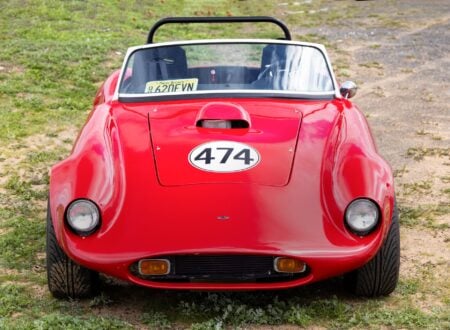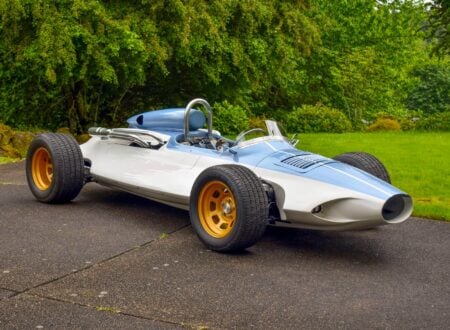The 1984 Sbarro Super Eight is one of the most unusual one-off cars of the 1980s, and that’s really saying something. Despite its hatchback looks, the Super Eight is actually a mid-engined Ferrari 308 GT4 under a new body.
The Super Eight became a legend after its debut in 1984, the 1980s were the decade of the Hot Hatch after all, and this bright red creation was the hottest of them all – with a 255 bhp V8 tail-happy rear-wheel drive.
Fast Facts – The Sbarro Super Eight
- The Sbarro Super Eight, unveiled in 1984, is a one-off hatchback creation built on a modified Ferrari 308 GT4 chassis. It features a lightweight fiberglass body, mid-mounted 2.9 liter V8 engine producing 255 bhp, and retains Ferrari’s double wishbone suspension and 5-speed manual transmission.
- Designed by Franco Sbarro, a Swiss automotive innovator, the Super Eight was inspired by the success of his earlier Super Twelve. Sbarro was renowned for crafting unique concept cars and custom vehicles, blending exotic designs with advanced engineering, typically showcased at the Geneva International Motor Show.
- The Super Eight’s interior offers production-quality refinement, with seating for two and a rear glass hatchback providing some luggage space. Its performance is improved thanks to its reduced weight, making it slightly lighter and nimbler than the original Ferrari 308 GT4.
- This highly collectible vehicle, considered one of the rarest Sbarro creations, is now for sale in Paris, France, listed on Bring a Trailer. Registered as a 1980 Sbarro, it represents a unique opportunity for collectors of one-off concept cars and innovative automotive design.
Franco Sbarro: A History Speedrun
It should be noted from the outset that Sbarro automaker and the popular Sbarro pizza chain have no link other than the same name. The pizza company was founded in 1956 by Gennaro and Carmela Sbarro in Brooklyn, New York. The automaker was founded in 1971 by Franco Sbarro in Switzerland. Questions about whether there is any relation between the two companies are common, so it seems sensible to address this right off the bat.


Franco Sbarro was born in southern Italy to a farming family, just a few months before the outbreak of WWII. By all accounts he had a hard childhood but he developed a deep fascination for all things mechanical at a young age, particularly the mopeds and scooters that dominated Italian personal transport at the time.
Franco left Italy in 1957 after he completed his studies and moved to Neuchatel, Switzerland where he worked as a mechanic. He had a natural aptitude for all things mechanical, and was able to seemingly work miracles with a wrench in his hand.
It wasn’t long before his skills were noticed, and he was hired by Georges Filipinetti at the new Chief Mechanic of the Scuderia Filipinetti race team. At Filipinetti he would be working on the team’s AC Cobra, Ferrari P3, and Ford GT40 – a significant departure from the two-stroke 50cc Vespas and Lambrettas of his youth.
It would be during this time, with the additional resources at his disposal, that Franco built his first car – he called it the Filipinetti coupé and it was based on plans for a VW Karmann Ghia with an uprated 1.6 liter VW engine.
The creation of this car sparked something in him, and soon after he would leave Filipinetti and establish his own boutique automotive manufacturing company named ACA or Atelier de Construction Automobile (Automobile Construction Workshop).
His first car was the Dominique III, a compact sports car with a prominent rear wing. He sold it soon after it was built and turned his attention to taking Ford GT40s that were former race cars, and turning them into slightly more civilized road cars.
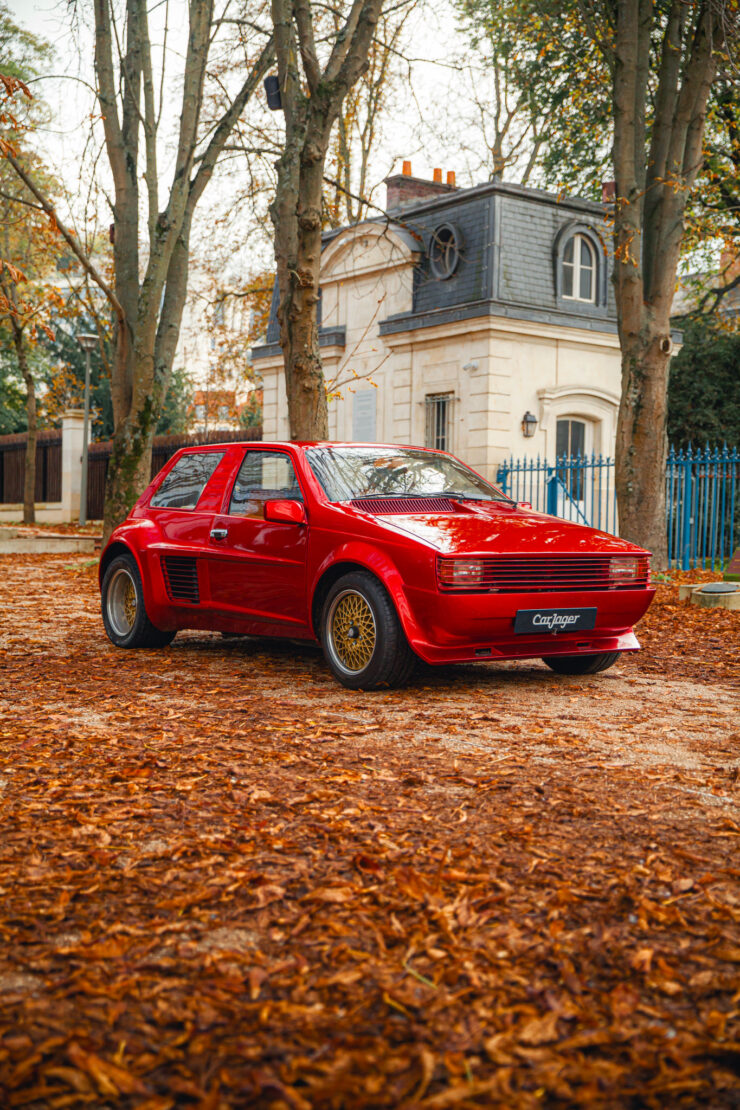

This was still very early on in the history of what we would today call the supercar. Many consider the Lamborghini Miura of 1966 to be the first true production supercar, so what Franco was doing was providing alternative supercars with true racing pedigree – something the Miura lacked.
Soon realizing just how much demand there was for these cars he started building replicas of the Lola T70, an old rival of the Ford GT40. He also developed replicas of the legendary pre-WWII BMW 328, as well as the Ferrari P4, Mercedes-Benz 540K, and the Bugatti Royale.
Franco Sbarro and his company ACA would soon become one of the most prolific concept car manufacturers in the world. They also produced a vast array of one-off customer cars, showing them annually at the Geneva International Motor Show. Soon, the Sbarro stand at the show would become the first thing event attendees would go to see, before then taking in the rest of the show.
The Sbarro Super Eight Appears
In the 1980s two of the most famous Sbarro creations were the Super Twelve in 1982 and the Super Eight in 1984. The Super Twelve had a distinct hatchback design with widened fenders and a somewhat menacing stance, hinting at an obscene amount of power.
A custom tubular steel frame lay beneath the Super Twelve’s sharp-edged fiberglass body, power was provided by a straight-twelve engine, built by combining two Kawasaki Z1300 six-cylinder motorcycle engines together.


The car was complete madness, but it proved popular, and so a project was green-lit to create a more sensible version. It would be called the Sbarro Super Eight and rather than a full custom chassis and engine, it would be based on a version of the Ferrari 308 GT4 chassis that had been shortened slightly.
The original suspension, brakes, engine, transmission, steering, and more would remain in place – making the Super Eight a car that could have been put into low-volume production. Sadly it wasn’t, and just one was ever made.
The Ferrari foundations of the Super Eight mean that by all accounts it handles very well, it’s also slightly lighter than the original 308 GT4 due to the fiberglass body and slightly reduced wheelbase. The Super Eight used the same double wishbone independent suspension on all four corners as the 308 GT4, with telescopic shock absorbers and anti-sway bars front and back.
The car also has four-wheel disc brakes, a 5-speed manual transmission, and the 2.9 liter transversely-mounted V8 is good for 255 bhp at 7,700 rpm and 219 lb ft of torque. It was an advanced engine for its time, with a lightweight aluminum alloy block and heads, double overhead cams per bank, and four Weber 40 DCNF carburetors.
The interior of the Super Eight has seating for two and it’s well optioned throughout, looking very much like a production car and not a one-off creation.
The engine was behind the seats of course, and a false floor was placed over it offering limited space for luggage and room for the spare wheel. An opening glass hatchback was used in the rear, somewhat reminiscent of the example used on the Volvo 1800ES.


Given the fact that just one Sbarro Super Eight was made it’s now widely considered one of the most collectible cars ever to carry the name, and whenever it does come up for open sale the interest in it is significant from all sectors.
As it just so happens, the car is now being offered for sale for the first time in four years out of Paris, France on Bring a Trailer. It comes with Dutch registration that lists the car as a 1980 Sbarro, and you can visit the listing here if you’d like to read more about it or register to bid.
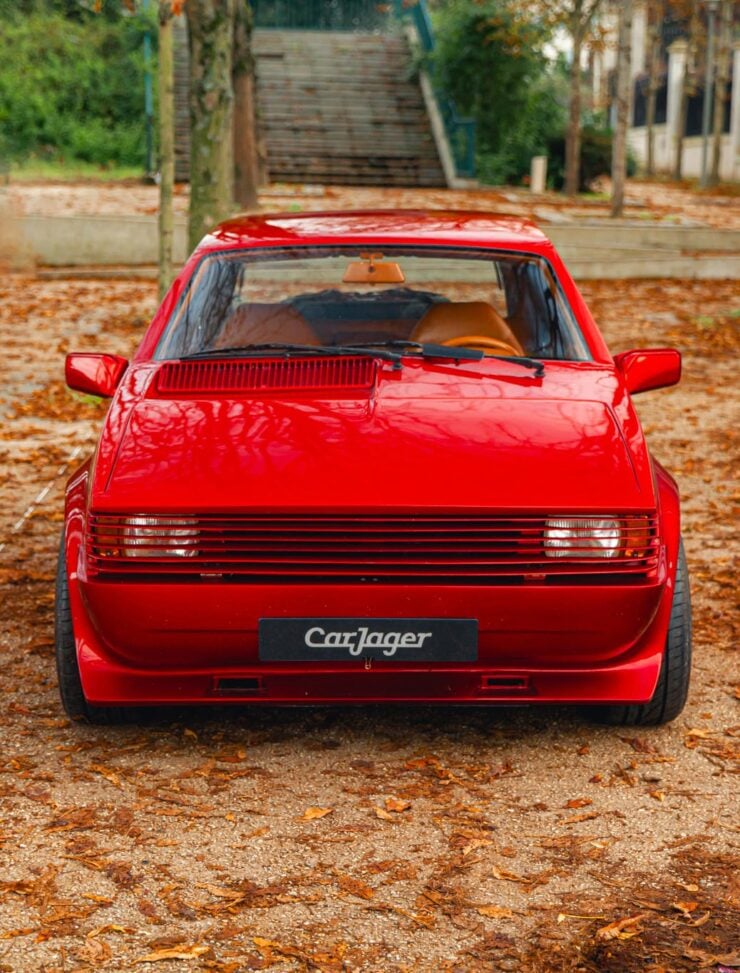
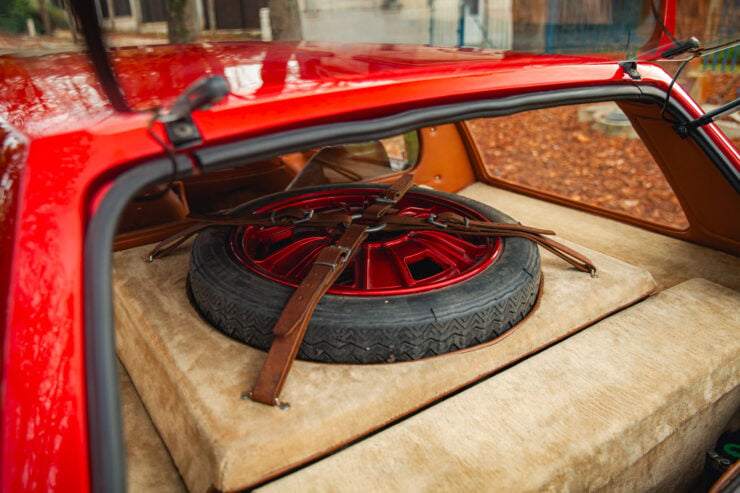





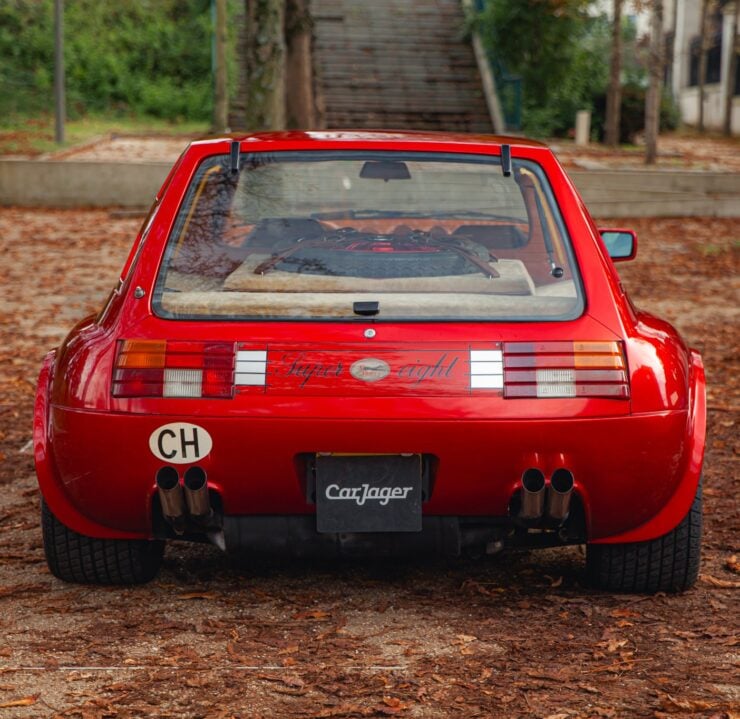











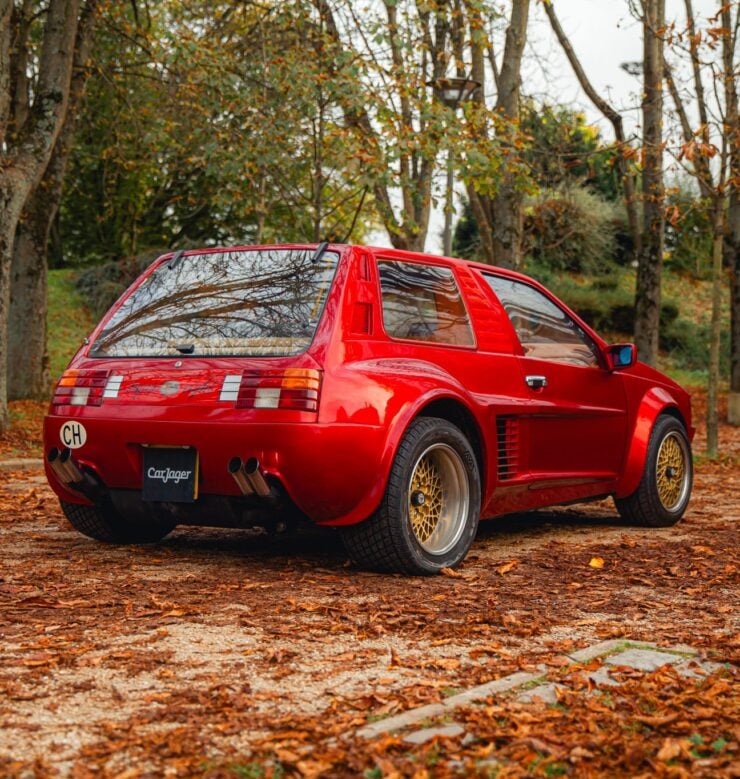
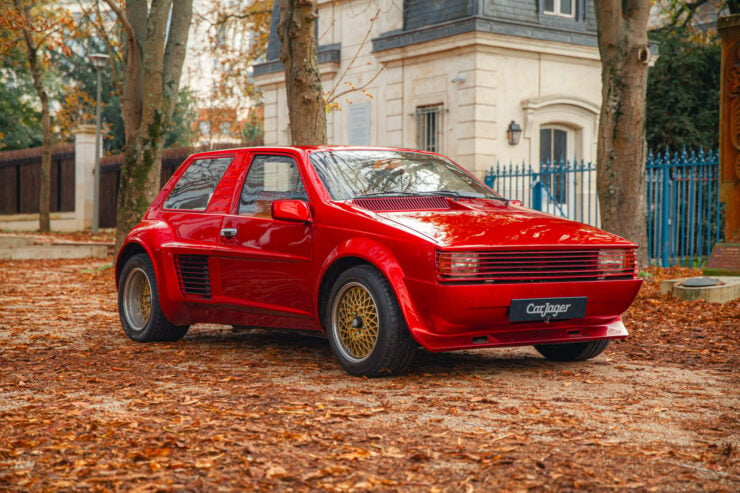
Images courtesy of Bring a Trailer



